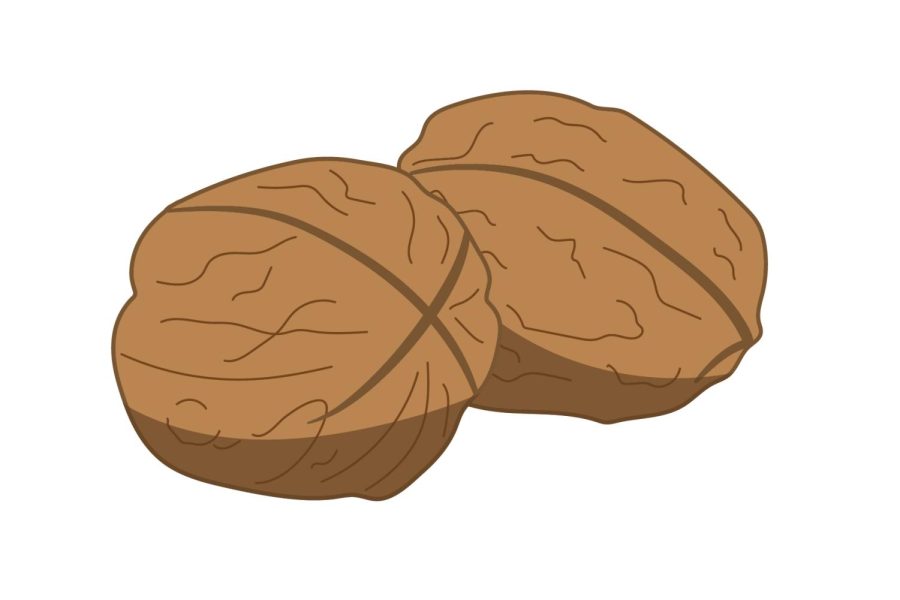Mining Museum Leads Black Walnuts Project
Museum adds local flair to Pioneer Sweets from nuts in our backyards
Erik Flesch, Director of The Mining and Rollo Jamison Museums, and John Rodwell, UW-Platteville senior majoring in Environmental Science and Conservation, have been working on a way to efficiently process black walnuts from local trees to produce black walnut ice cream as part of an ongoing collaboration project between the Mining Museum and Pioneer Sweets. This process largely involves the collection and processing of black walnuts, which is not as simple as it may sound.
The reason they decided to hand-pick these walnuts is very simple. Flesch explained, “Black walnuts, if you have to buy them at retail, are pretty expensive … It’s silly to buy certain things from retail when they grow all around you.”
Black walnuts are native to much of eastern North America, stretching from Canada all the way down to parts of Texas. Despite how common they are, stores often sell the cheaper, less flavorful English Walnut.
Flesch remarked, “Black walnuts are a stronger, richer, more exotic and interesting taste and some people like that. It’s almost like venison … You harvest that, and it tastes different than beef. Maybe not everybody likes it, but it’s special, it’s wild and it’s distinctive for the region.”
Flesch and Rodwell began their project by simply picking up walnuts in the area, specifically from walnut trees in the backyard of the museum. The duo used a device called a corn sheller, which was used to de-kernel corn in the early 20th century.
“It just so happens that corn shellers are also really good at getting the hull off of the outside of the black walnut,” Flesch said, adding that “the hardest part of processing black walnuts is ‘how the heck do you get the green hull off?’”
After that, it becomes a waiting game. Flesch explained that “(the nuts) will continue to dry out until around the holidays, and then we’ll use the special super-heavy-duty nutcracker to break them open and get the nut-meats out.” At that point, the meats will be transferred to Dr. Tera Montgomery, the advisor for Pioneer Sweets for her group to add to ice cream.
This project is not over when the black walnuts make it into the ice cream, however, as both Rodwell and Flesch have ambitions to expand this into a community event.
“The range of area from which we can harvest walnuts in the future somehow depends on the success of this trial run. Perhaps this becomes an excellent community event in the future,” Rodwell said.
Flesch added to this sentiment: “Part of the joy of life in this region would be to identify those things that are around us, get to know them, appreciate them and make use of them … We hope that by … publicizing a little bit (about) how fun it is to pick up black walnuts, take the hulls off, and crack them open and make stuff out of it, that would be the spark of a movement.”
When talking about how it could scale, Flesch said, “In the future year, now (John) can share his wisdom with others and get some friends to pick them up … Now you have a quantity that you can actually do something with and have some fun … If you were to snowball that year after year, we might have ourselves a serious party on our hands. Perhaps even a seasonal festival.”
Flesch added that he already has some ideas for names for this theoretical festival but is keeping them under wraps for now.
Ultimately, both Rodwell and Flesch agree that this project is about much more than just making unique ice cream.
“The ice cream is the pot of gold at the end of the black walnut rainbow,” said Rodwell, who added, “I also think that the ice cream, while presenting us with a tangible goal of the whole ordeal, provides a unique challenge to ponder: if we can harvest our own luxurious nuts for a treat like ice cream, what other food sources lie around us in our yards, along our sidewalks and scattered in our parks?”




